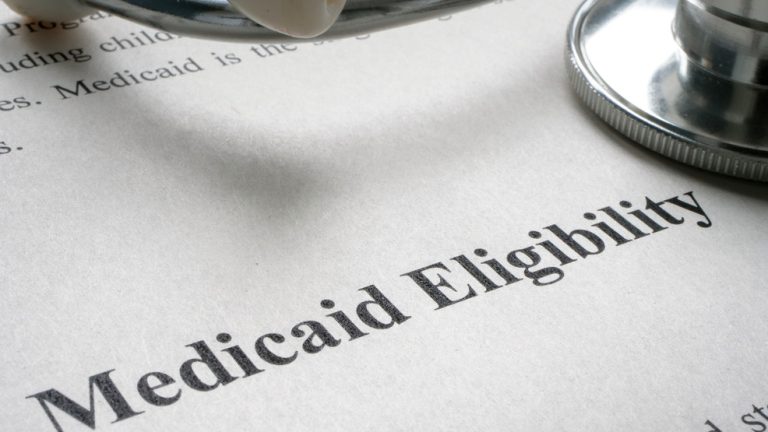Montana's Medicaid expansion is set to expire in 2025 unless the Legislature and governor renew it.
As the fate of this statewide health plan is in question, the Montana Health Care Foundation released data on how many Montanans it's helping.
The organization is publishing its annual “Medicaid in Montana” report starting in 2021. Data is collected and produced by Manatt Health and ABMJ Consulting. Sources include the Montana Department of Public Health and Human Services, the Kaiser Family Foundation, and the Montana Hospital Association.
Dr. Aaron Wernham, CEO of the Montana Health Care Foundation, said, “The public, reporters, policy makers, everyone needs to be well-informed about what this program is and how it works.'' I think it's important to get that.”
Montana's Medicaid expansion, implemented through the HELP Act in 2016, extended health coverage to adults with incomes up to 133% of the federal poverty level (approximately $19,391 in 2023). According to DPHHS, 220,171 people are registered across the state.
The presentation produced a list of health improvements provided by Medicaid. This includes:
Emergency medical visits decreased by 11% by the third year of insurance coverage.
Emergency department visits for preventable dental conditions decreased by 30%.
More than 6,100 people received treatment for substance use disorders and more than 35,000 people used mental health services.
With access to more preventive care and outpatient care, emergency and inpatient care costs decreased by 18% per enrollee by year 3.
The main topic was national spending. Medicaid accounts for about 13% of Montana's state general fund spending, according to the data. Total state Medicaid spending remains stable, ranging from $270 million to $320 million annually. As Medicaid expands, the cost burden will be shared with the federal government. The federal government reimburses about 80% of Montana's Medicaid spending, helping offset expansion costs.
“The percentage of the state general fund spent on Medicaid in Montana has remained constant over time,” said Zoe Barnard, senior counsel at Manatt Health.
Experts also touched on the economic impact of keeping Medicaid in the state. They say the Medicaid expansion generated $28 million in savings for the state. Emergency and hospitalization costs decreased by 18% per enrollee. He also said Medicaid grows Montana's economy by providing more than 7,500 jobs across all industries.
“The wages paid to these workers and other expenditures across the economy caused by avoided health care costs are now covered by Medicaid,” said Dr. Bryce Ward, co-founder of ABMJ Consulting. “Everything creates movement, jobs, income and opportunity.”
During the webinar, presenters noted that the benefits Medicaid has brought to behavioral health services have doubled access since 2016. Data shows that Medicaid supports more than 37,000 individuals in need of behavioral health services and provides more than $55 million in reimbursement to providers.
Medicaid has been shown to help reduce covered care costs for rural hospitals by nearly 60 percent. This will help expand the referral budget of the Indian Health Service. From 2015 to 2022, referrals and services under the Indian Health Service's Purchased Referral Care (PRC) program increased by 124%, and these costs were covered by Medicaid.
The Montana Health Care Foundation announced it will release new data on Medicaid in early 2025.

